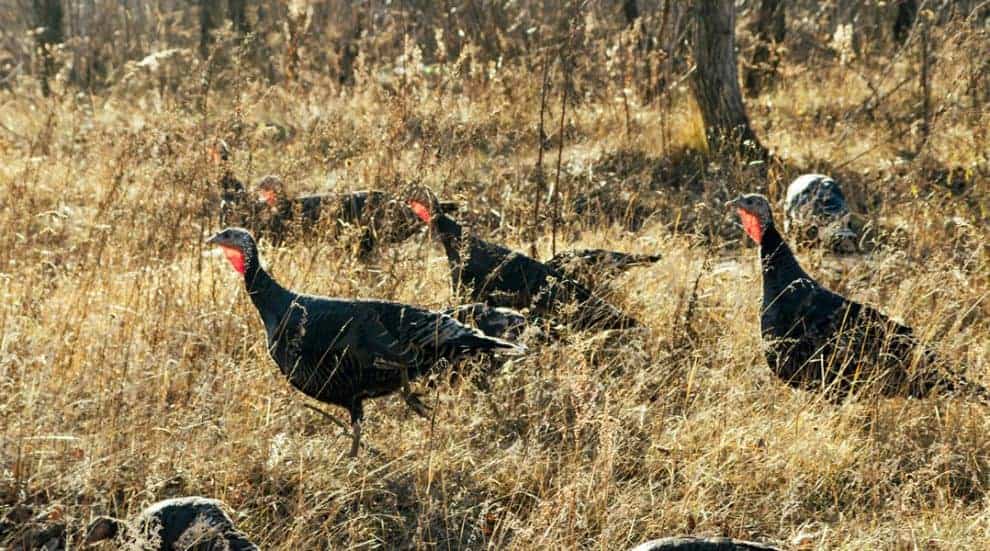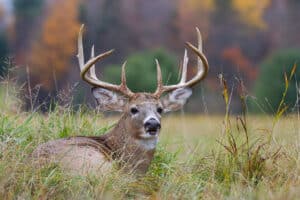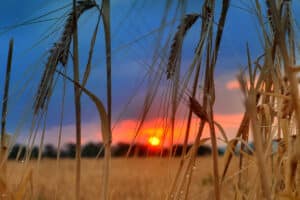For recreational property buyers, both the quality and type of wildlife on a property are extremely important, whether you are looking to hunt on the land or simply want to enjoy being surrounded by nature. That’s a given. And once you own a property, you can place game cameras wherever you want, so you will know what’s happening 24/7.
But how can you quickly assess the wildlife on a property you are looking to buy? The key is to get out on the property, walk it, and know what signs to look for.
As you do your property visit, it’s important to seek a high level of access to the property, since that is critical in understanding the wildlife there. Also, some sellers don’t mind if you tour the property without a real estate professional, though in that case, having a recreational real estate pro can still be a major help in giving you GPS coordinates and other information about a property before you check it out.
As you’re checking out a property to assess the wildlife on it, keep these tips in mind:
- Know what makes up a good hunting property, such as quality food sources, plentiful water on the site or nearby, and responsible neighbors who manage their property in a thoughtful manner. Got these? Then your odds of seeing great wildlife on the property are much better.
- Understand how wildlife often leave a trail. As an example, look for “rubs” on small trees because the size and location of those rubs are a clue to the size of the deer. And look for droppings – while watching your step, of course. These are great clues as to the number, proximity and type of wildlife you can expect to find.
- Understand the quality of wildlife in the surrounding area. For example: How large do deer tend to be in this neck of the woods? Is the property near public lands, and if so, what is the impact on the property from a wildlife perspective? Ask around, do some research, and talk to other hunters. See what you can find out just by talking to folks in the area and sharing a story or two.
- With deer hunting so popular in many states, tips for finding evidence of quality bucks is often a topic of conversation. But don’t forget that in many areas, hunting for other game such as turkey or grouse is also an option. With this in mind, understanding what each type of wildlife needs in terms of ground cover, water and food can help you evaluate how good a property will be for each type of wildlife.
So as you look for recreational property to buy, do your research on the region’s wildlife. And visit each property you’re considering with someone who knows how to look for the telltale signs that deer, turkey and other types of wildlife leave behind.
Written by Rod Osterloh, head of the land group for Close~Converse Properties, based in Brainerd, Minnesota. With 30-plus years of real estate experience, he specializes in helping recreational property buyers in north-central Minnesota, and is a member of Potlatch Corp.’s Preferred Broker Network and the Realtors Land Institute.
This content may not be used or reproduced in any manner whatsoever, in part or in whole, without written permission of LANDTHINK. Use of this content without permission is a violation of federal copyright law. The articles, posts, comments, opinions and information provided by LANDTHINK are for informational and research purposes only and DOES NOT substitute or coincide with the advice of an attorney, accountant, real estate broker or any other licensed real estate professional. LANDTHINK strongly advises visitors and readers to seek their own professional guidance and advice related to buying, investing in or selling real estate.










Add Comment